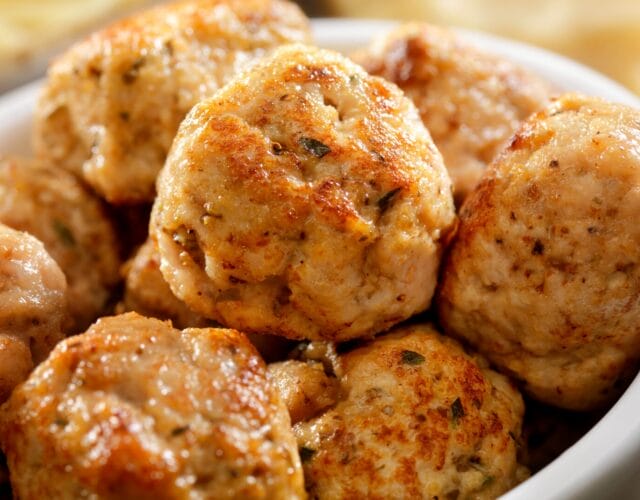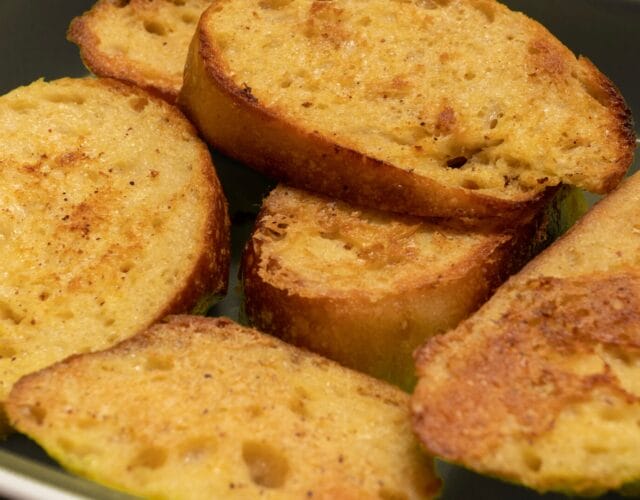I am not a huge fan of reality television. In the rare times I do turn on the TV, I usually end up watching sports or Seinfeld reruns. But there is one genre of reality show that seems to grab my attention – survival shows. There is something about shows like Naked and Afraid or Alone that I find fascinating. Maybe it’s because I know I would be absolutely terrible competing in a contest to stay alive in the woods while basically eating dirt –count me out. “Roughing it” in the Temple family basically means a rigorous hike that we make overly competitive, followed by glamping in an upscale cabin with heat and electricity while the kids complain about the WiFi signal – but I digress.
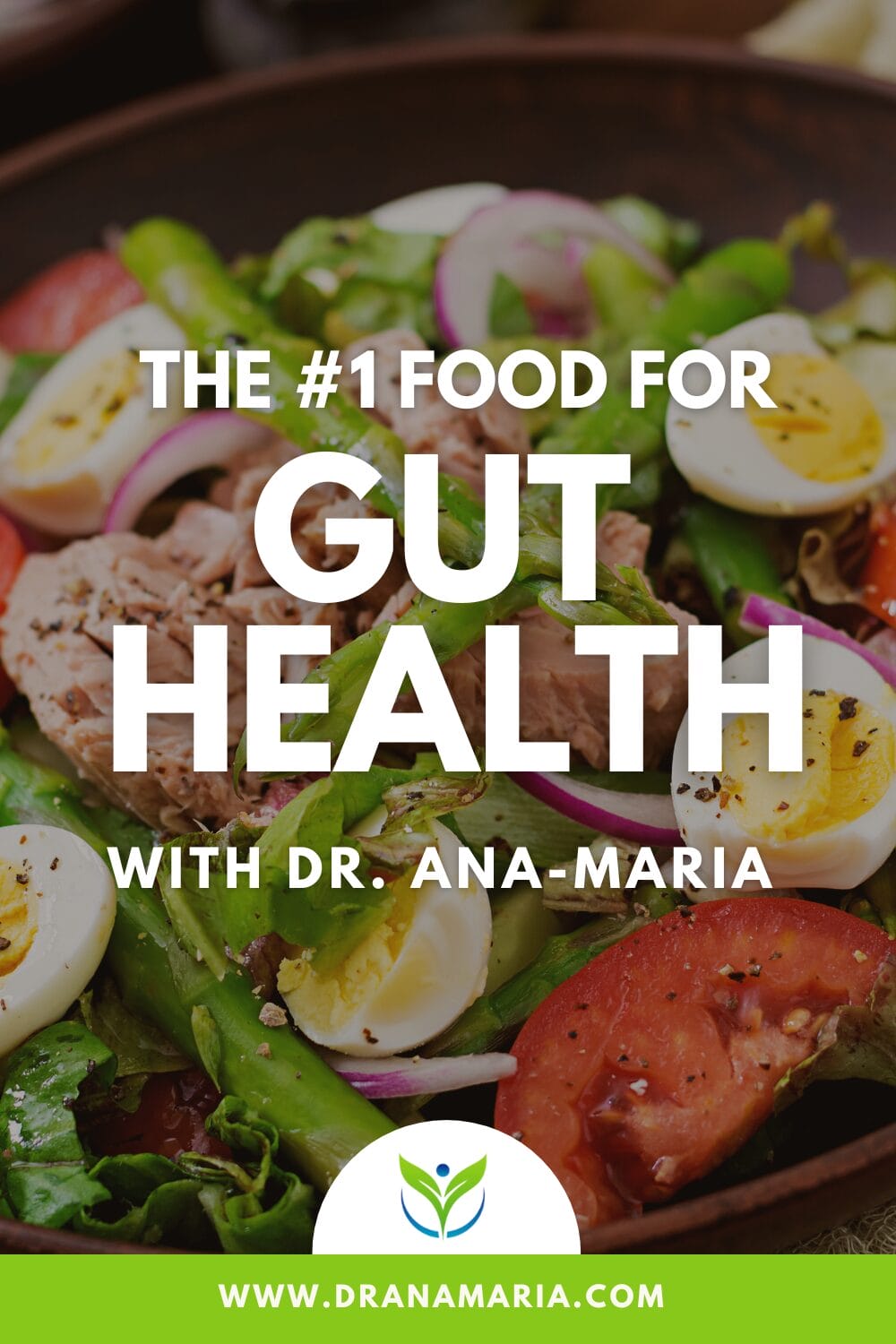
Plant Lady Vs. Meat Guy
One day I flip to the show Alone: Champions Edition or something like that. One of the contestants is some sort of naturalist who can identify nearly every single plant in the forest of northern Canada and determine if it’s edible. And for months she lives on dozens of plant species that I would have no idea were lifesaving edible options. (The Temple family would be the ones to eat the poisonous mushrooms in the first 24 hours). She was pitted against a top notch hunter who was deadly accurate with a bow and arrow. Basically plant lady versus meat guy.
In the first part of the show the plant lady is kicking the hunters butt in sourcing food – until winter comes. Then she starts losing weight like crazy and the medical team gets concerned during their weekly visit. Evidently it’s a bit hard to find edible plants during winter in northern Canada.
But it got me thinking. If this woman can identify and live on this many plants randomly found in the forest, why are our lives so limited in the variety of plants we eat?
300,000 food options and we only eat 12!
Scientists estimate that there are more than 400,000 species of plants on earth, at least half of which are edible for humans. Indeed, it is entirely possible that we are capable of eating 300,000 plant species. And yet we consume just a tiny fraction of that. Humans, who have excelled because we can eat almost anything, consume only about 200 plant species. Today, 75 percent of the world’s food is generated from only 12 plants and five animal species.

Remarkably, a mere three crops – maize(corn), rice, and wheat – account for more than half of the calories and proteins that we derive from plants. In Dr. Ana-Maria’s clinic, based on her thorough dietary history, the majority of patients on initial consultation consume 4 crops: Corn, Wheat, Sugar, Rice. Somehow, despite these numbers, we are the first to complain about a limited menu at a restaurant.
Genetic Erosion and Gut Health
According to the United Nations, since the 1900s, some 75 percent of plant genetic diversity has been lost as farmers worldwide have left their multiple local varieties of crops and replaced them with genetically uniform, high-yielding varieties– money talks.
The main cause of the loss of genetic diversity in crops – as reported by almost all countries – is the replacement of local varieties by improved or exotic varieties and species. As farmers replace their old crops with newer high yielding varieties, the genetic diversity decreases. This is termed genetic erosion. The gene complexes in the traditional crops are replaced with the “modern” genes which are typically less diverse – basically the new commercial stuff has very little genetic variety.
What huge commercial growers have realized is that genetic variety actually hurts crop yields which in turn hurts the balance sheets – back to money.
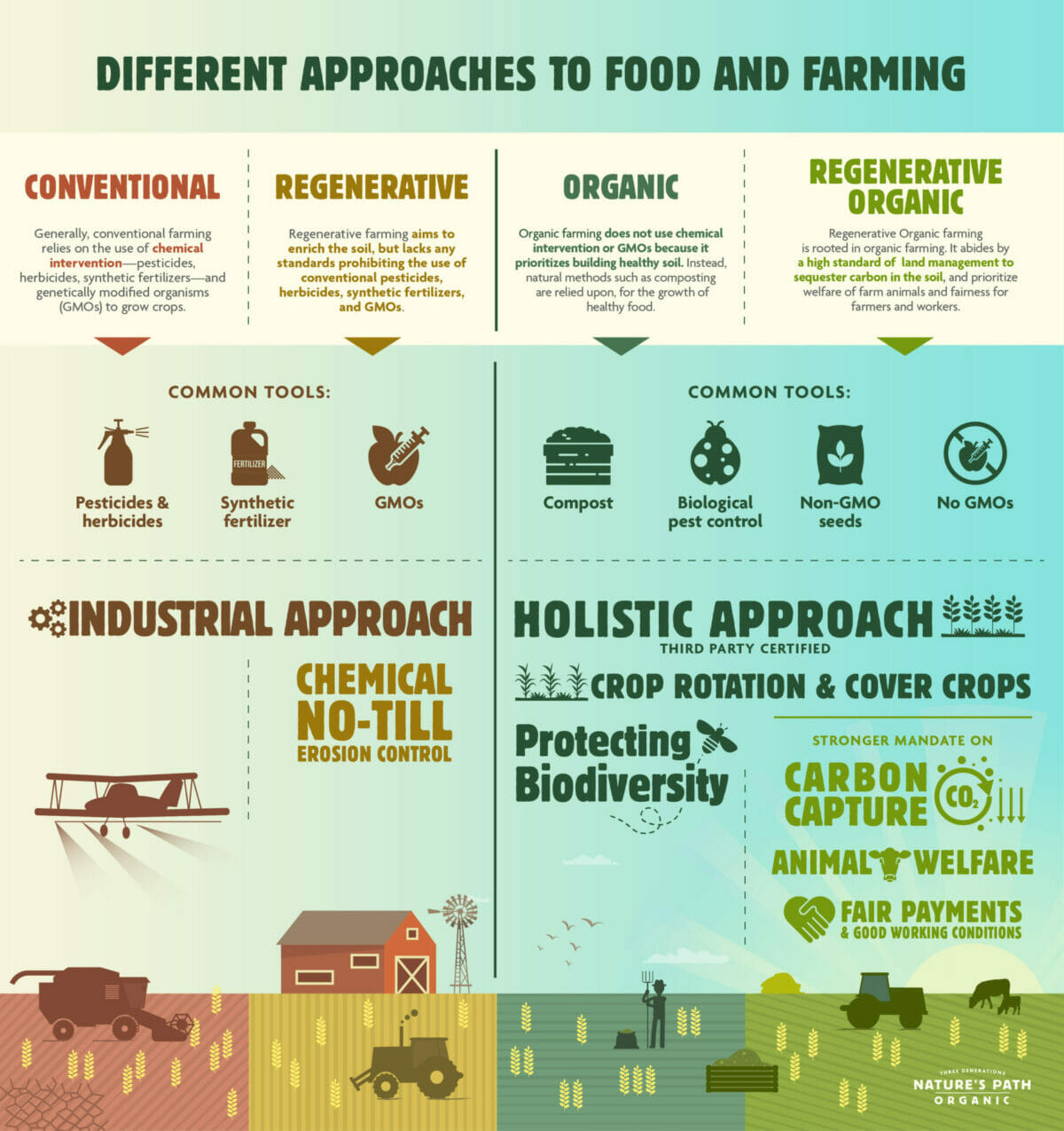
Why do we care about genetic variety? Why shouldn’t we be happy with 4 standard plants to fill our plates and gut?
The first answer, paradoxically, is that the system which allowed us to have plenty of food today could be the very system that threatens our food supply. As we pursued maximizing yields, diversity of crops have shrunk into single, standardized varieties that allowed for economies of scale. History shows us the dangers of relying on single varieties of crops.
Between 1845 to 1849, 20 to 25% of the Irish died from the Irish Potato Famine when a potato blight wiped out potato crops all over the country. More recently, our supply of bananas is being threatened by the Panama disease that is killing banana plants from Asia to Africa because of our heavy reliance on a single banana variety, the Cavendish. Diseases, pests, and a volatile climate can all threaten the viability of our food supply. Note – There was a time when the Temple family existed on bananas as their primary fruit source. The Panama disease would have wiped us out.
The second answer is we are not just feeding ourselves when we eat. We are also feeding the trillions of bacteria that have made our gut and skin their home in a symbiotic fashion (our microbiome). We provide them food and they provide us with a whole lot more.
Microbiome Review – The Guts of the Matter
We each harbor nearly 1,000 different species of bacteria in/on our bodies, and those trillions of bacteria contain thousands of genes which help to expand the human genome. Each of us carry a different combination of bacteria giving us a unique microbiome fingerprint that is like no other. Maybe one day this will be what unlocks our iPhone!
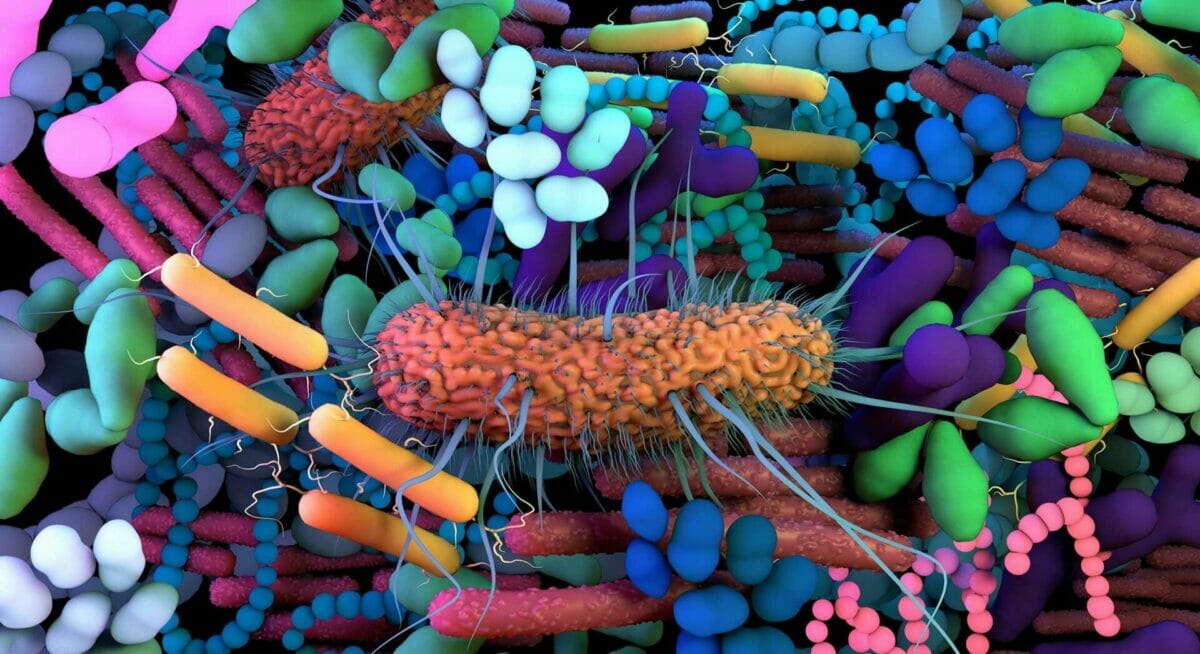
And here is the crazy part – the bacterial genes affect the function of our human genes. And when we damage or alter our microbiome, we are going to have downstream effects on our own gene expression. Our microbiomes are inherited just like our DNA – so it’s possible that a number of the “inherited” diseases we see may actually be related to our inherited microbiome as much as our inherited DNA from mom and dad- mind blown! So don’t blame your parents for your ailments, blame their gut bacteria.
More than “fellow travelers,” our gut microbiota are essential to digestion and nutrient acquisition, intestinal development and motility, and modulation of the immune system. Further, emerging research suggests that the gut microbiome is intimately linked to brain development and behavior.
The Gut-Brain Axis
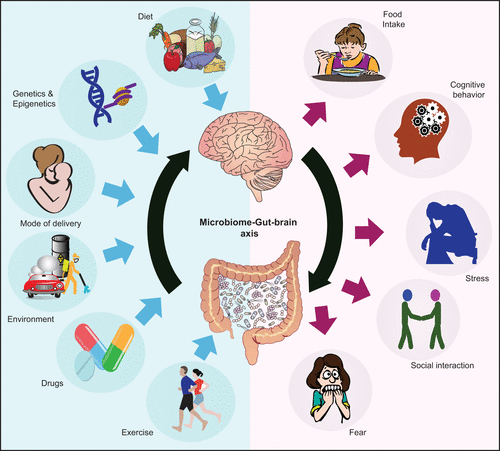
One more interesting fact about our microbiome – the signals these bacteria send to our brain have dramatic effects on our food cravings. In one study, for example, mice that were genetically predisposed to obesity remained lean when they were raised in a sterile environment without gut microbiota. These germ-free mice were, however, transformed into obese mice when fed a faecal pellet that came from an obese mouse raised conventionally. Additionally, people who crave chocolate and sugar have distinctly different microbiomes from those of us without the sweet-tooth. So maintaining healthy bacterial colonies is likely key for weight loss and management. It’s not about will power, it’s about gut power.
The problem is that many of the bacteria that have made their home on and in the human body are very picky eaters – and you thought your kids were a problem! But if you think about it it makes sense. In the mammal kingdom, diets vary widely. The koala bear only feeds on 4 species of eucalyptus leaves, giant pandas eat only bamboo, aardvarks scoop up only ants and termites, and the list goes on. Many of you have likely had some pet in the house which only ate a very specific diet, so you accommodated it.
So why should our bacteria be any different? Despite understanding that our different pets need vastly different diets, we expect all of our bacteria to be omnivores.
There are foods we would never feed our dog, yet we do without worry to what it does to our gut.
I have written about the human microbiome in multiple previous posts, with an emphasis on how the dwindling diversity of our microbiome is largely responsible for our ever increasing incidence of chronic disease. This is particularly true for autoimmune disorders such as diabetes, asthma, eczema, allergies, and inflammatory bowel disease. During the past 50 years, the prevalence of these autoimmune diseases has sharply increased. A shared discovery for each of these pathologies is a reduction of the GI microbiome biodiversity. In a nutshell; the richness of the gut microbiome is well correlated with health.
We need to think of our gut microbiome like any other natural ecosystems. Tropical rainforests, for example, hold a vast number of plant and animal species functioning in harmony. Our gut bacteria want a similar sort of harmony – dominance by only a few species leads to major downstream effects. Remember the circle of life from the Lion King? It’s happening inside your belly while you read this.
So how do we expand our microbiome? First and foremost it means removing foods toxic to the beneficial bacteria already inside you. Processed foods, additives, food dyes, excess sugar, antibiotics, medications, and so on all work to harm our microbiome. Many people reach for supplements to counteract this, and possibly complain about the cost. Expanding our intake of plants should be foremost in the quest for a diverse gut and reversing damage from our lifestyle. Let’s go back and take a look at the 12 plants that make up most of our current plant calories worldwide.
They include:
- Wheat
- Maize (corn)
- Rice
- Sugarcane
- Soy
- Palm oil
- Cassava
- Sorghum
- Millet
- Potatoes
- Sweet potatoes
- Ground nuts (as in nuts from the ground)
Go to the supermarket and you will probably find the top 4 crops (wheat, sugarcane, rice, and corn) in majority of the products on the shelves. These crops are carbohydrate-rich and protein-poor. Fiber and micronutrients are often removed during food processing, leaving us with mostly calorie-dense food products. The first thing you can do is let your wallet do the talking.
As a consumer, you can eat less of the top crops, especially wheat, rice, sugar, and corn, and instead look for alternative grains, legumes, fruits, and vegetables. Moringa, Bambara groundnuts, amaranth, proso millet, winged beans, lentils, lupin, and pumpkin are some examples of crops that have great nutritional value, are resilient to droughts, and can grow in poor soils where other crops fail.
Spending more time in the “ends” of the grocery store rather than the middle isles will also help to maximize microbiome favorable food choices. So what is gut bacteria’s favorite food?
Fiber & Gut Health
Of all the different major nutrient groups that we eat, fiber is the one component of our diet that directly feeds our gut microbiota. When we eat protein, for instance, we digest it and absorb it in our small intestine. The same thing happens with fats and most sugars. In the case of non-digestible fibers, we do not have the enzymes needed to break them down and digest them. Only gut bacteria can do that. They digest fibers and produce short chain fatty acids, whose beneficial effects on health are well documented. By eating fiber, then, we are ensuring those trillions of microbes are well-fed so they can help us stay in good health.
Depending on how you cook them and what you eat and how much of it you eat, it will affect your gut microbiota differently. At present there is no scientific evidence to say whether one type of fiber is more or less beneficial than another type, but it has been shown that eating many different diverse fiber sources is probably better than eating one thing. If you got all your fiber from just oats, it might not be as good as eating it from oats and other wholegrains and nuts and vegetables and fruits. That’s because you’re feeding more diversity and eating more diverse molecules from different sources, and those probably translate to more balanced, richer and diverse gut microbiota. Rember, eating oats only feeds the oat eating bacteria. Thus the broccoli and asparagus eating bacteria leave. And those bacteria might be the ones needed to protect you from recurrent ear infections or diabetes (this is overly simplified to make a point)
Dan Buettner, a National Geographic fellow and New York Times bestselling author, discovered the five places in the world – dubbed blue zones hotspots – where people live the longest, healthiest lives. His articles about these places in The New York Times Magazine and National Geographic are two of the most popular for both publications.
Best Plant For Your Gut – Beans

Buettner found the cornerstone food of the longest-lived people in the world is…beans. In fact, in the locations around the world with the highest concentrations of 100-year-olds, people are eating at least four times as much of this food as we are.
Beans are the ultimate superfood because they have the ideal mix of protein (21 percent), complex carbohydrates (77 percent — the type of carbs that provide slow and steady energy), and fat (only a few percent). They are also an excellent source of fiber and deliver more nutrients per gram than any other food on the planet. Of note, the darker the bean the better.

At about 98 cents per pound, black beans are one of the most affordable protein sources available. Compare that to $4.60/lb for beef and $3.50/lb for chicken. One gram of protein from black beans is one cent, whereas a gram of beef protein will cost about four cents.
Hopefully now I have you singing the “Beans, Beans, Musical Fruit” song in your head. Beans are just one way to feed your hungry bacteria. Another way is to use plant points. A few years ago I wrote an entire blog on Plant Points and I updated my best selling book Healthy Kids in an Unhealthy World to include this as well. Find out the facts on Plant Points at the end of the post.
As you spend 2022 firing up your immune system with a diverse gut microbiome, remember the words of journalist and best selling author of In Defense of Food, Michael Pollan. “Eat food. Not too much. Mostly plants.”
Plant Points for your Gut Health:
- 1 point for each unique plant in your dish.
- 1 point for each fruit, veggie, dried fruit, quinoa, rice, grits, barley, millet, nuts, seeds, beans, etc.
- Nut milk is one point.
- Fresh herbs count. Dried herbs do not though they are amazing.
- Plants can be cooked or eaten raw
- Point are awarded for one bite that is chewed and swallowed (great news for kids)
Things that DO NOT count toward your points towards Gut Health:
- Wheat in a cracker
- Oats in a store-bought granola bar
- Strawberries in jelly or in Poptarts
- Fruit gummies
- Store-bought juice
- Maple syrup or honey
- Vegetables in ketchup
Scale for points per day:
- 1-21 – Rock Rookie
- 21-24 – Rock Artist
- 24-28 – Rock Star
- 28-32 – Rock Legend
- > 32 – Rock God
Some Examples for Plant Points With Your Meals:
1. Breakfast- Smoothie: 6 Plant Points
Oats, water, strawberries, cherries, mangoes, hemp hearts, Truvani protein powder, honey, dates, spirulina
2. Lunch- Salad & Homemade Mexican Burger: 12 Plant Points
Bib lettuce, red lettuce, red pepper, radish, olives, cucumbers, scallions, sheep feta, ground turkey. Corn, beans, tomatoes, onions, garlic
Make it a family challenge each day. Reset your gut and get prepared for quarantine rollout. For more deets on how plants heal and power up your gut, check out the book “Fiber Fueled” @theguthealthmd
Yours in Good Health,
Drs. John and Ana-Maria Temple
Was this post helpful? Save for later!




